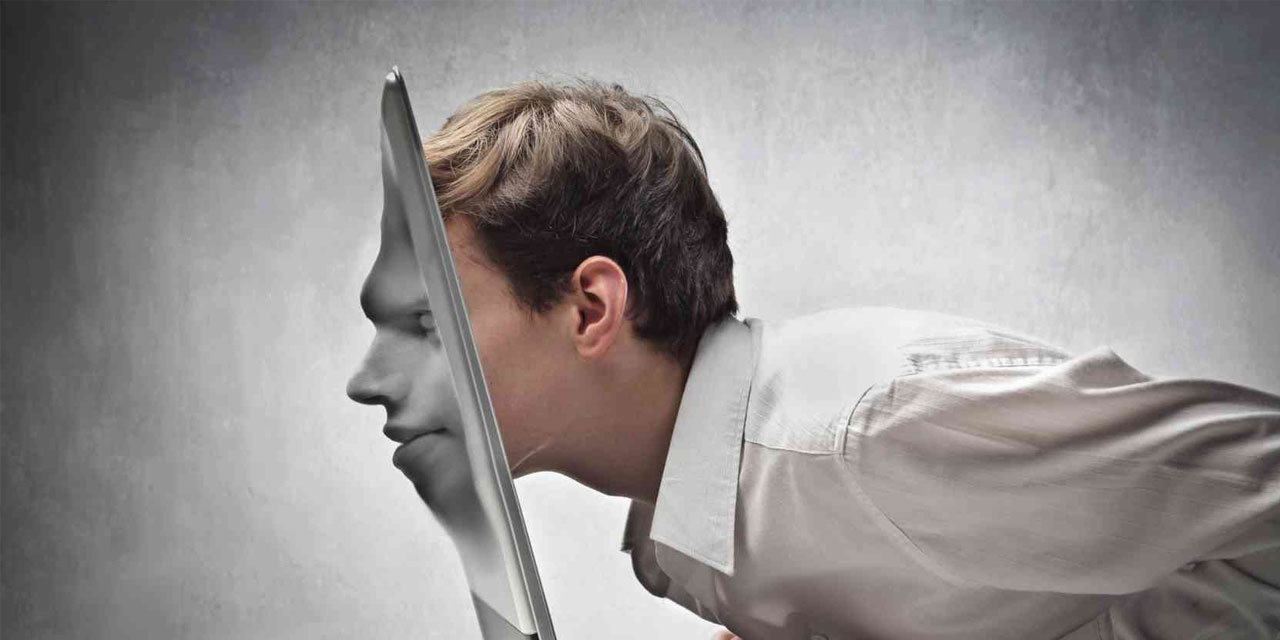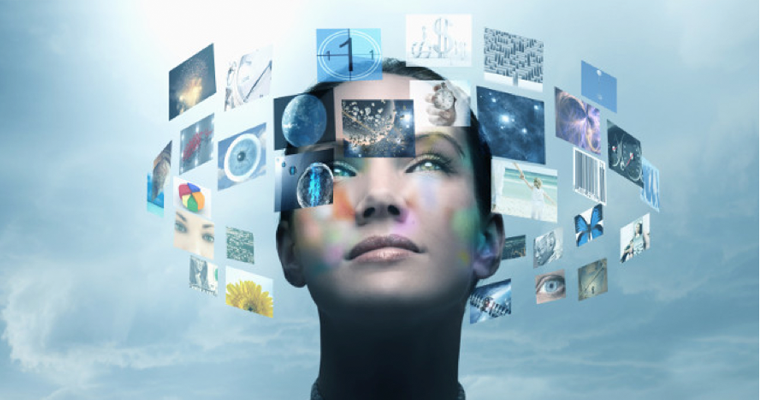AR or VR? What's Better For Experiential Marketing?

About six months ago, our team invested some serious thought about going into the augmented reality/virtual reality world. We knew it would have an impact on the experiential industry – we just didn’t know how yet. And we also didn’t know which one would be more practical for the experiential marketing industry. So we set on a quest to find out – and over the past six months, we’ve come to some conclusions….

With Inphantry having done previous projects (such as the Google Glass Product Launch in Cambridge a few years ago) we’ve been lucky to stay on top of the tech trends of what’s new, what clients will be interested in and what the best technology is for a given experience. And with the past two years being very dedicated to the hype of virtual reality, we knew 2016 was a do-or-die for jumping on the bandwagon.
Usually, big clients and companies are interested in what’s new, but from an agency perspective, that’s not what’s always practical. Our short mantra here at Inphantry is that we’ll use the most appropriate technology to enhance a given experience. And that’s how we’ve become creative technologists – hacking and implementing technology in savvy ways.
The problem with virtual reality though, was we didn’t know who would be interested in it (big company-wise) or how we would even use it. Sure, it sounds great for a product launch, but is that the best experience for a user? (VR set-ups can look quite clunky, especially at activations and product launches).

You see, we won’t just use augmented reality, or virtual reality simply because a clients requests it (or that it’s the hottest thing in the market) we always identify the tech that makes the most sense. Just see how we implemented RFID into our Jordan Brand Activation.
Long story short, our quest to find the best AR/VR products brought us to BUY the best possible VR/AR setups we could.
Those being:
Microsoft HoloLens (augmented reality)
Playstation VR (virtual reality)
Samsung Gear VR (virtual reality)
What we’ve come to find through having these devices in the office (and with a lot of playing around) the past six months is that each of them has their own applicable sense in the experiential production world.
We’ve had a lot of conversations about HOW each of these can be used in a product launch/activation/trade show/conference/event or even mobile truck tour.
But the underlying internal opinion here at Inphantry is that augmented reality is more suitable for experiential productions.
Here’s Why: It’s more believable. Easier for your brain, eyes and mind to accept.
Our foray into using the Microsoft HoloLens has been greatly received by a lot of our agency friends and contacts. When they use it, they view a whole augmented world filled with anything you could design in Animator, Photoshop or even Illustrator. Completely backed with an AI assist and ability to peruse the internet, watch Netflix, or even Skype and view documents in real time, makes it an obvious choice for experiential uses.
That being said, HoloLens is not without it’s negative traits. Being a first generation ‘Developer Kit’ it has a long way to go. We’d love to use it more widely in our work, but we are eagerly awaiting the second and third generations of this device from Microsoft.
READ: 8 REAL-WORLD USES FOR MICROSOFT HOLOLENS
Now, about virtual reality…..

Our thoughts and notions about VR should be taken with a grain of salt. We’ve seen some killer uses for virtual reality in experiential productions already (Game of Thrones Activations!) but we really see VR as an individual tool. Mostly for gaming or viewing short form content. It’s not really a, ‘Wheel ’em and deal ’em’ type setup. And with so many people clamoring to use it, it can be a bit wonky with the wires, ease of use and also the on-ramp experience.
For most of our work, VR doesn’t make sense to use in experiential (all the time)
From what we’ve seen, people that go into VR tend to want to be there longer. Making the experience 5+ minutes or more at a time. Not really ideal if you’re trying to get hundreds of even thousands of people through a whole experience. That being said, we’ve seen some amazing activations from Samsung, Gillette, Mountain Dew and other clients that entice users in VR by giving them a guided experience.
Such as this guided Mountain Dew Experience in 360 VR.
Obviously, the whole industry here is pretty new to both Microsoft HoloLens and other Virtual Reality devices. It’s been awesome to see new projects, ideas and other pitches coming out of agencies, firms and other tech-inclined companies.
We’ll continue to keep our eyes out for the most badass product launches and activations, but in the meantime, if you have any ideas, uses or simply want to come in and try on any of our devices, shoot us a line so we can talk. We’re always in the business of trying to find likeminded partners or clients looking to implement the latest and greatest ideas.
Feel free to drop me an email: cam@inphantry.com or follow me on Twitter @CamKing747
Follow @inphantry on Twitter or email our agency for all other inquiries: base@inphantry.com
